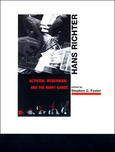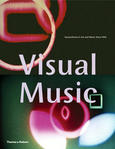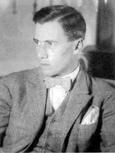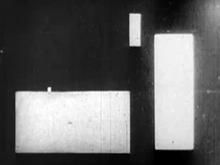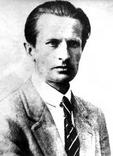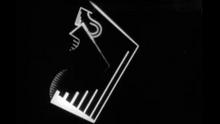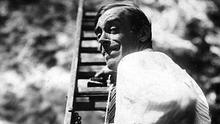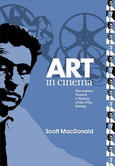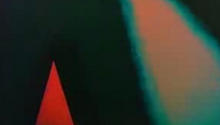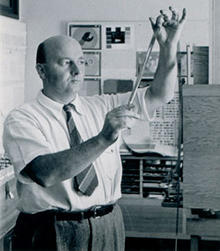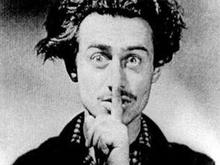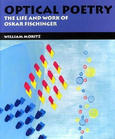Rhythm 23
(1923)- original title: Rhythmus 23. More complex than Rhythm 21, the film is nonetheless a logical extent of Hans Richter's conviction that film is modern art.
"More complex than Rhythm 21, the film is nonetheless a logical extent of Richter's conviction that film is modern art. Again, the orchestration of basic geometric forms according to precise rhythmical patterns is the basis for this second experiment. The construction of a system of shutters on strings, and moveable slides, enabled Richter to film light reflections on a screen instead of having animated 'cut-outs.' The premier at the UFA Kurfuerstendamm Theatre in Berlin ended in near riot." (Standish D. Lawder)
Source: time4time
